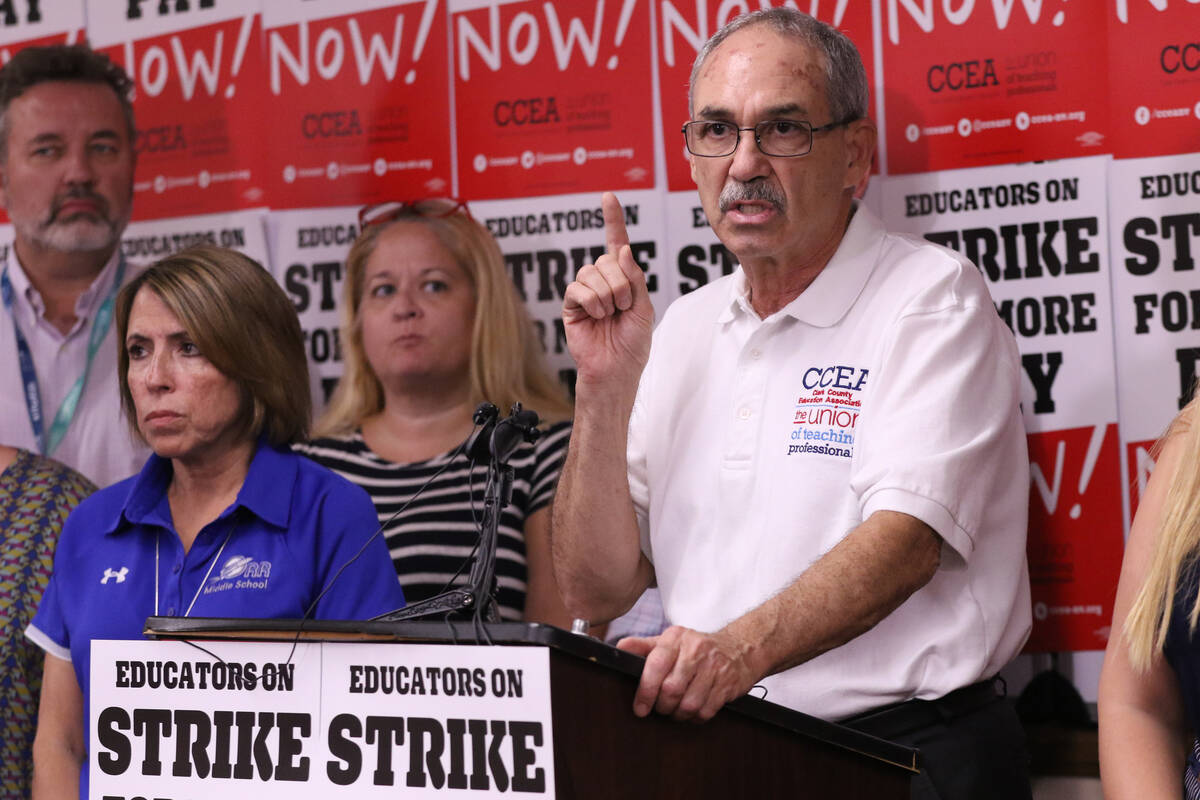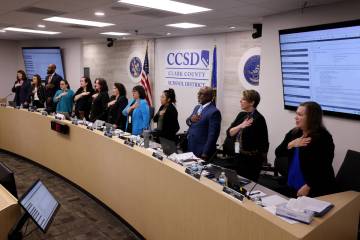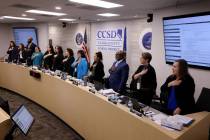EDITORIAL: Teacher unions v. students
After losing more than a year of in-person learning time due to COVID school closures, 50,000 students at Seattle Public Schools couldn’t go to school for a week. Their teachers refused to show up.
The Seattle Education Association went on strike last week. That kept students out of school for five days before the union and district agreed to terms. Schools reopened last Wednesday. As of this writing, neither the school district nor the union has disclosed the terms of their tentative agreement. During the strike, the union demanded higher teacher-to-student ratios and higher pay.
According to the union’s website, 93 percent of its members work “more than our assigned or contract hours” while a quarter of its members log an additional 10 hours per week. The union argued, “The cost of living in Seattle is skyrocketing, shortages of educators are getting worse, and our pay is not keeping pace.” As a result, the union charges, the district “must pay all staff respectful wages.”
Based on rhetoric like that, you might expect teachers were earning poverty-level wages. Nope. A review of teacher salaries paints an entirely different story.
As Liz Wolfe of Reason notes, roughly 40 percent of Seattle full-time teachers already make $100,000 annually or more. Incredibly, those are just salary numbers. It doesn’t include the cost of benefits, like pensions and health care. In Nevada, those perks can cost taxpayers tens of thousands of dollars per teacher.
The salary range for Seattle teachers goes from around $60,000 to $123,500. While individual teachers may work more, their contracted workweek is under 40 hours. Also, teachers work substantially fewer weeks each year than most private sector employees.
This story would be concerning enough if the only thing at stake were money. It’s not. Students throughout country suffered significant learning loss because of the pandemic and school shutdowns. Scores from the National Assessment of Educational Progress showed an unprecedented decline in reading and math. The decline was worst among the lowest performing students. Teachers’ union officials were some of the loudest and most influential proponents of the prolonged school shutdowns that harmed students academically.
Every day is crucial to help those students learn and perhaps make up the ground they lost. But unsurprisingly, the union put the interest of its dues-paying members above the needs of students.
What happened in Seattle is a valuable lesson for parents. Unions frequently claim to be the great champions of public education. But when there’s a choice between prioritizing the needs of adults they represent or students, they won’t be choosing what’s best for the children.






















